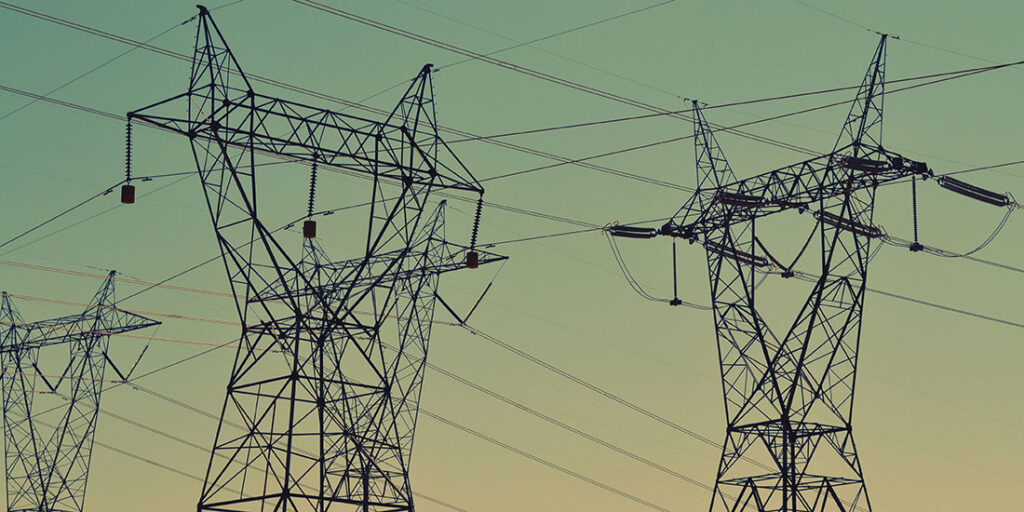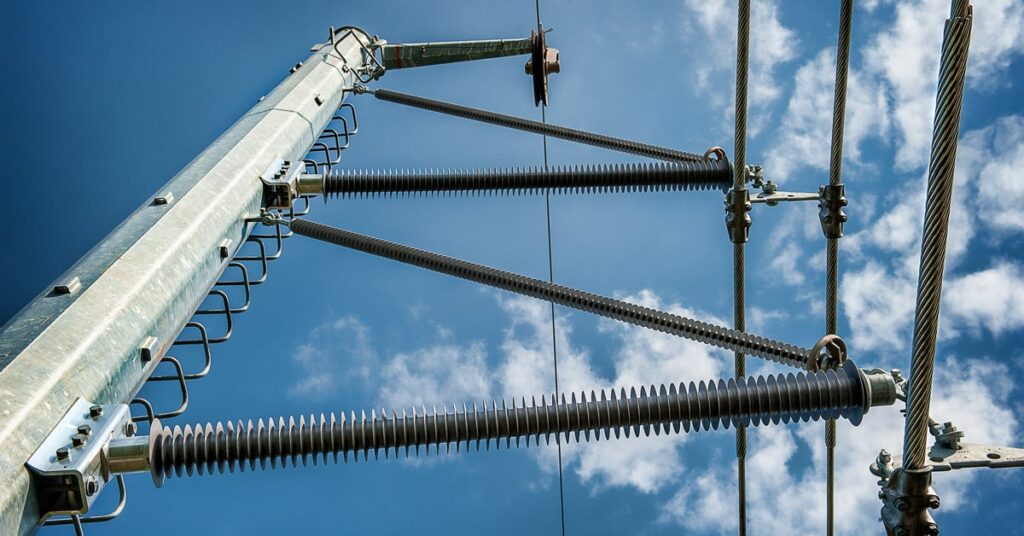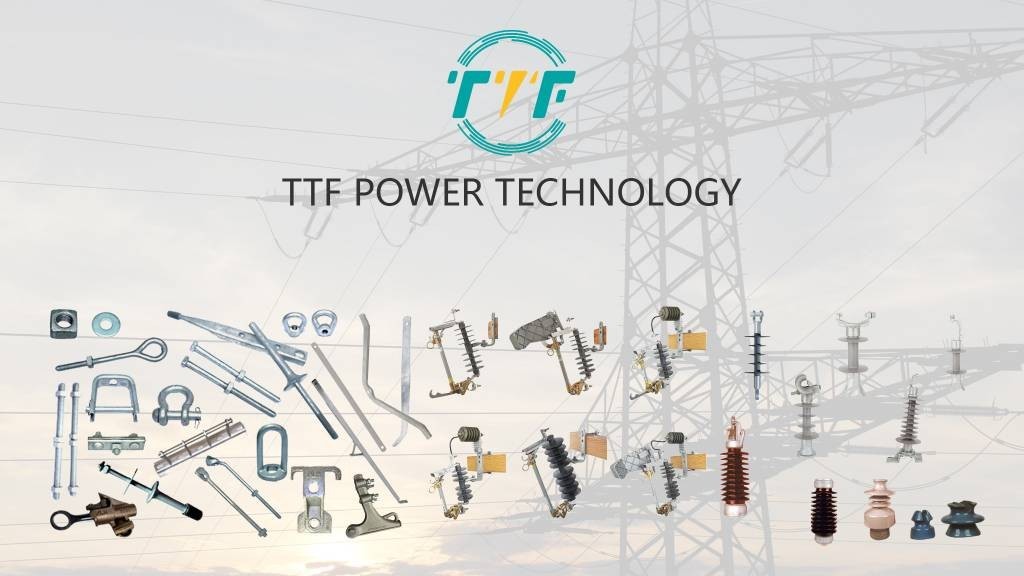
Argentina continues to build its renewable energy framework by leveraging the legacy of the RenoAr program and new market mechanisms. The country has achieved success with 169 operational renewable projects totaling 5.7 GW capacity. Grid infrastructure remains a challenge with increased natural resources, including renewables, oil, and gas. Argentina is undergoing modernization efforts to integrate energy sources. This is while addressing challenges such as aging networks, transmission blocks, and regulatory hurdles. Solar and wind integration needs flexible grid operations. This is because existing lines lack the capacity to transport renewable power from remote areas. The success of this upgrade depends on faster transmission expansions, increased storage deployment, and stronger private-public partnerships. Grid upgrades demand the use of transmission insulators to ensure safe and efficient electricity transmission.
High-performance transmission insulators prevent leakage currents and maintain structural integrity. The insulators isolate high-voltage conductors from transmission towers and poles. They also support the weight of the transmission lines, like ACSR cables, across long spans. Transmission insulators are made from durable and corrosion-resistant materials to withstand extreme environmental conditions in Argentina. Common types used include porcelain insulators, polymer insulators, and glass insulators. Argentina’s grid infrastructure faces challenges such as pollution flashovers, aging infrastructure, and wildlife interference. Upgrading composite insulators and adopting smart monitoring will be key for future resilience.
Upgrading Argentina’s grid infrastructure via transmission insulators
Transmission insulators are non-conductive devices used to suspend and support high-voltage power lines on transmission towers. They prevent current leakage from live wires to grounded structures. Transmission insulators play a crucial role in upgrading and modernizing the national grid. This makes it crucial to integrate renewables and reduce energy losses. They help improve reliability, efficiency, and grid resilience. To ensure this, the insulators must withstand high electrical stress, mechanical loads, and environmental factors like rain, wind, pollution, and salt deposits. Discussed below are the uses of transmission insulators in upgrading Argentina’s grid.

- Boosting transmission reliability—older systems are prone to cracking under thermal stress, collecting dust, salt, and pollutants, and higher maintenance costs. Transmission insulators provide greater durability, lightweight installation, and resistance to pollution and UV radiation.
- Supporting renewable energy integration—advanced insulators help avoid leakage and resist flashovers in dusty regions. They ensure continuous transmission from renewable sites to urban grids.
- Facilitating grid expansion—Argentina is investing in major transmission projects for increased reliability. The transmission lines need high-reliability components like transmission insulators to reduce downtime and risk of cascading failures.
- Improving environmental performance—modern insulators contribute to lower environmental impact in various ways. They need less frequent washing, reduce energy losses, and enable more compact tower designs.
Technologies and measures used to modernize Argentina’s grid infrastructure
Argentina is modernizing its grid with the aim to improve reliability, reduce energy losses, and unlock its renewable potential. The country is adopting a wide range of advanced technologies and strategic measures to achieve this. These technologies are laying the foundation for a cleaner, more connected, and energy-secure future. Transmission insulators are crucial components in upgrading the electrical grid. The following are the technologies and measures improving the grid.

- Decentralization and microgrids—microgrids powered by solar, wind, and biomass are being deployed in the region. Localized grids reduce dependence on national infrastructure and are ideal for isolated areas with high solar irradiance. This increases energy equity and resilience in rural regions.
- Digitalization and data analytics—modern grids depend on data-driven decision-making. AI and machine learning tools predict demand and identify maintenance needs. They increase efficiency and help utilities respond faster to faults.
- Energy storage solutions—battery energy storage systems store excess energy for use during peak demand periods. Adopting this technology helps in grid balancing, peak shaving, and blackout prevention.
- Renewable energy integration—modernizing the grid helps to handle the growing share of intermittent wind and solar power. This is through the use of grid-tied inverters, reactive power compensators, and battery storage systems.
- Smart grid technologies—smart grids use digital communication, sensors, and automation to track and manage electricity flow in real time. The key components include smart meters, SCADA systems, and fault detection and isolation.
